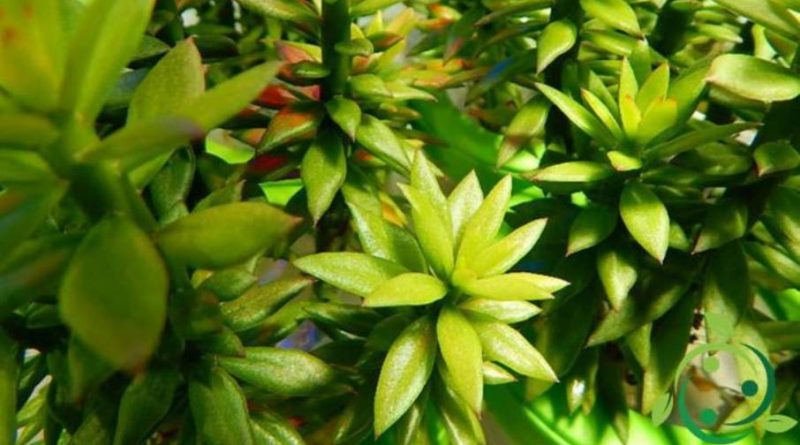How to grow Pereskiopsis
How to grow Pereskiopsis
The Pereskiopsis (Pereskiopsis Britton & Rose) are a genus of succulent plants of the Cactaceae family; these are plants originating from Mexico and lower California.
They can be recognized because they have a cylindrical stem that branches up and can reach a height of about 2 m. it has persistent, fleshy and flat leaves; they have areolas composed of thorns and hairs.
The following species belong to this genus:
– Pereskiopsis aquosa (F.A.C.Weber) Britton & Rose;
– Pereskiopsis blakeana J.G.Ortega;
– Pereskiopsis diguetii (F.A.C.Weber) Britton & Rose – plant with a pale green stem that reaches 2 m in height, with long black thorns and yellow flowers;
– Pereskiopsis kellermanii Rose;
– Pereskiopsis porteri (Brandegee ex F.A.C.Weber) Britton & Rose – a species native to lower California that reaches one meter in height, with yellow flowers and very thorny stems;
– Pereskiopsis rotundifolia (DC.) Britton & Rose.
In this sheet we will see how to grow Pereskiopsis according to its physiological needs.
Pereskiopsis needs coarse soils, mainly composed of coarse-grained sand, to which a percentage of well-humified organic substance (20%) and medium-textured soil (30%) have been added.
The plant needs to be cultivated in fairly sunny areas, with winter temperatures of around 12-14 ° C.
The Pereskiopsis should be irrigated occasionally and moderately, even in the winter season, to allow it to maintain a discreet vegetative state even in this season.
The Pereskiopsis is known above all because it is used as a rootstock.
Pereskiopsis are often used to graft:
– young seedlings (even in some cases, for just one week seedlings);
– very slow-growing genera (aztekium, ariocarpus etc.);
– improve the survival of seedlings with little chlorophyll (in the case of hybrids or cultivars of astrophytum, ariocarpus, etc.).

